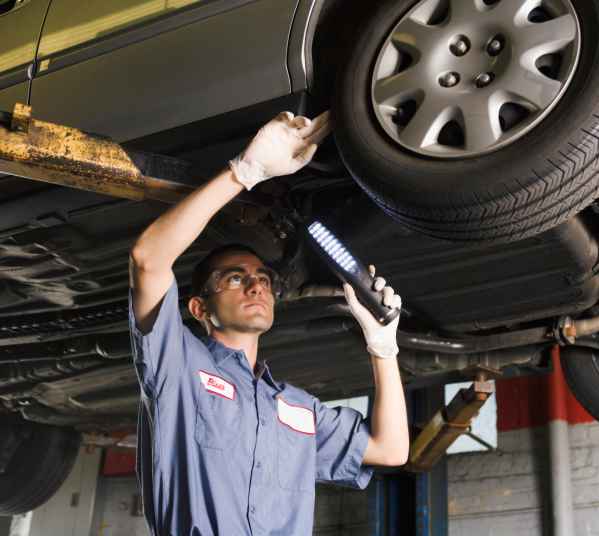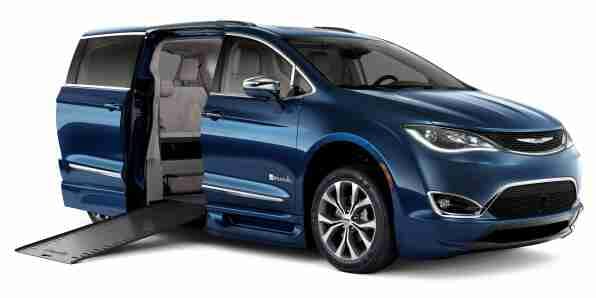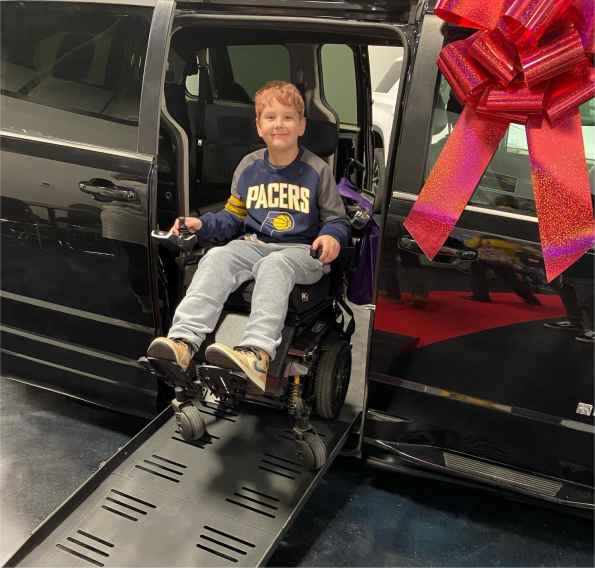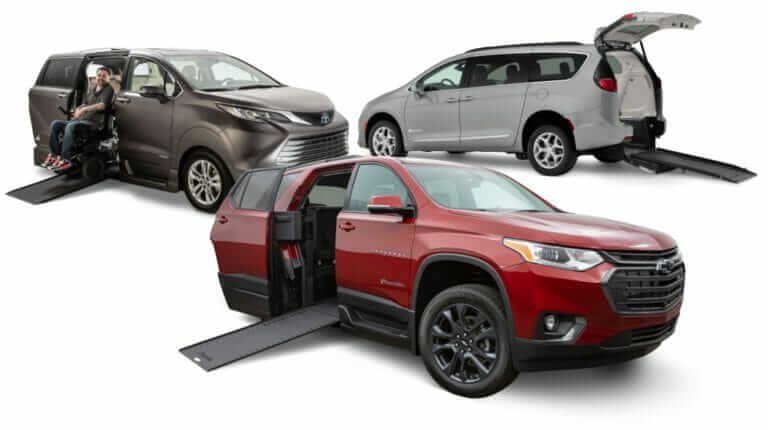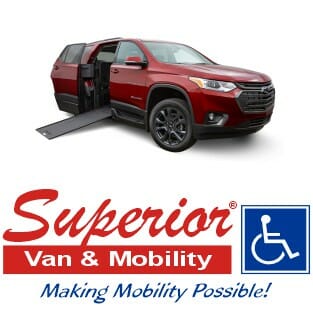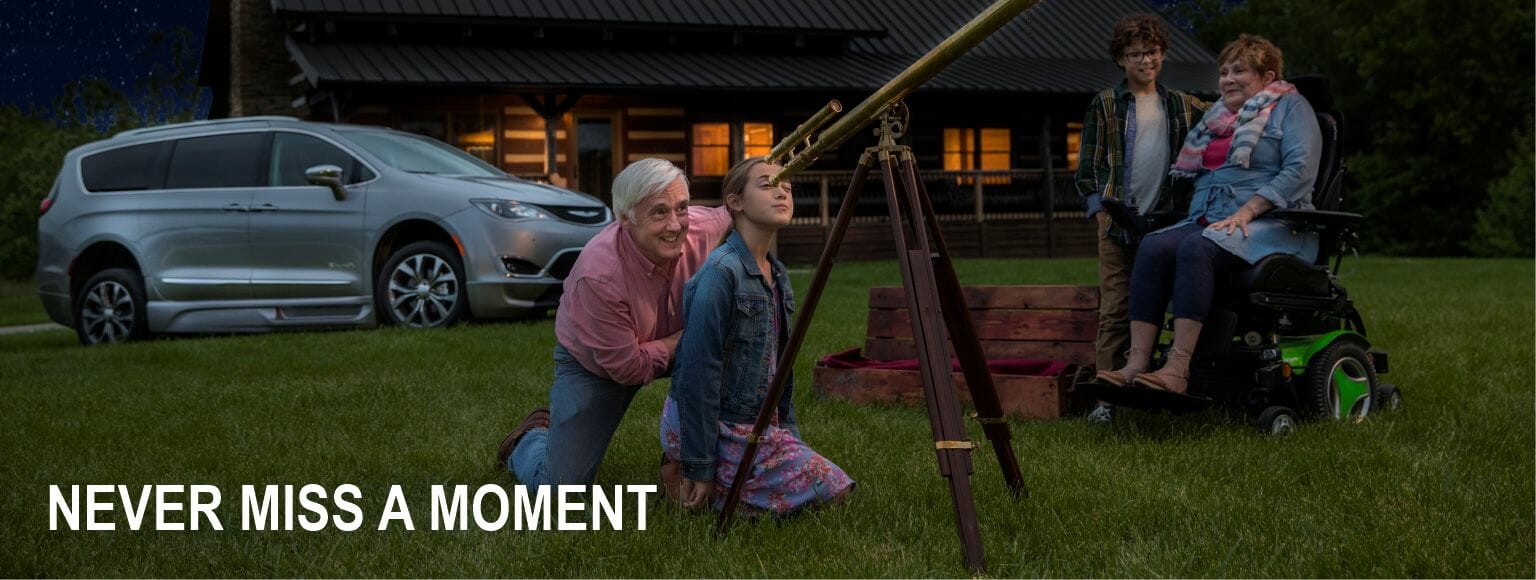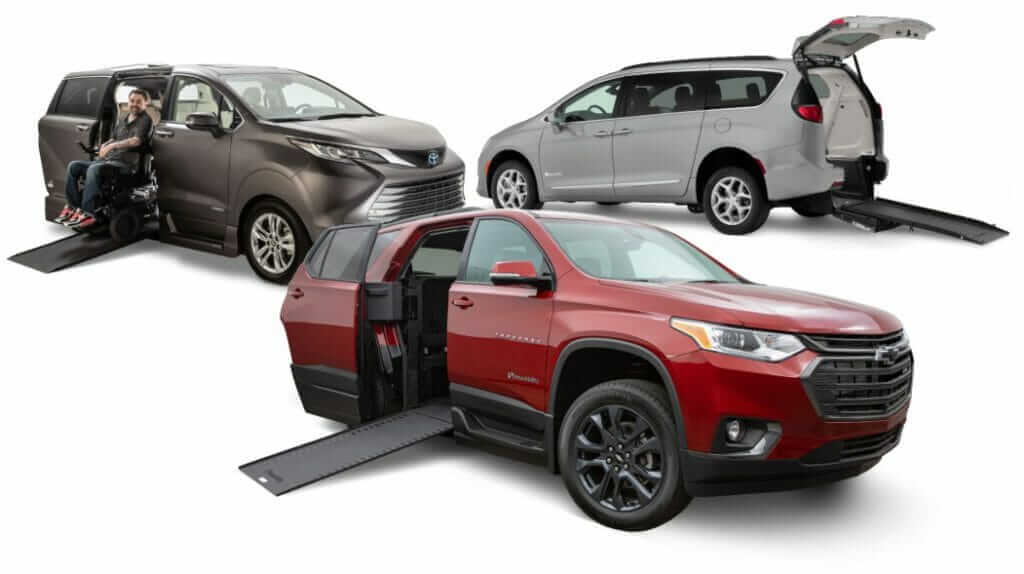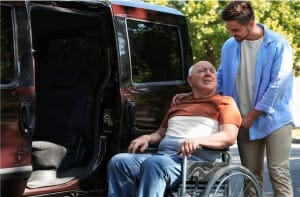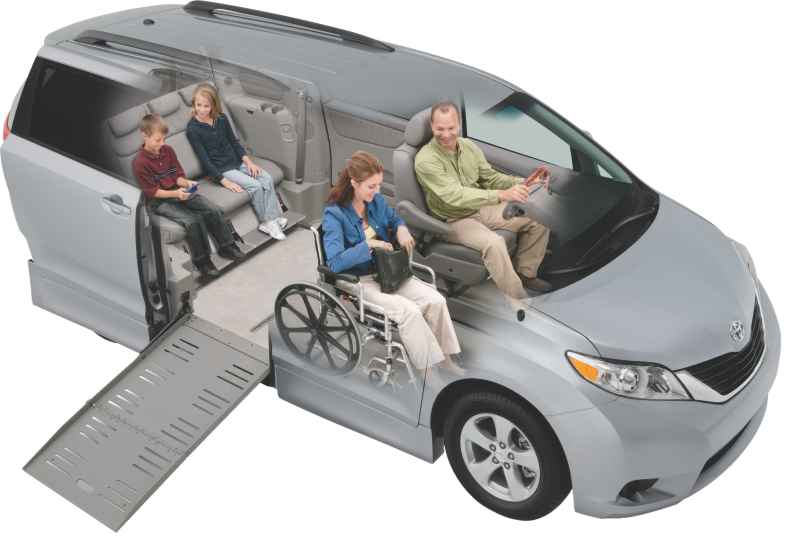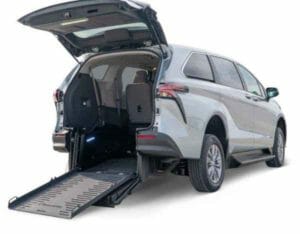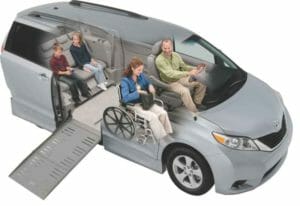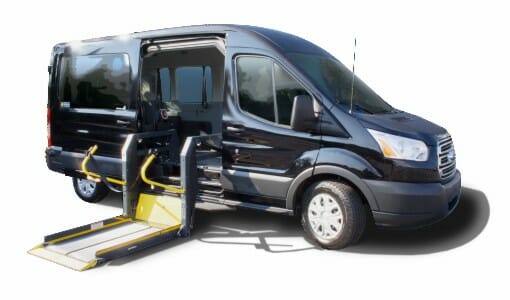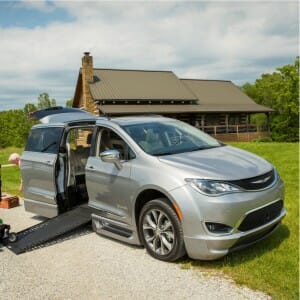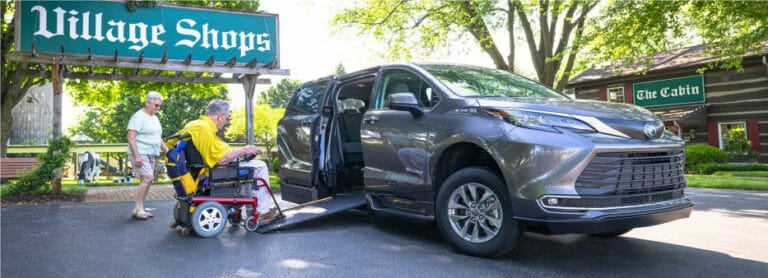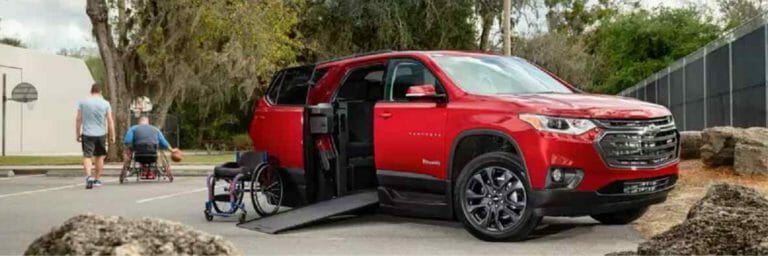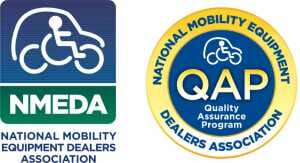
Why Choosing a Cash Rebate Over a Reduced Interest Rate Can Save You More on Your Next Wheelchair-Accessible Vehicle Purchase
When shopping for a new wheelchair-accessible van or SUV, many buyers are faced with a common dilemma: Should you take the cash rebate or opt for the reduced interest rate offered by the dealership? A rebate is often the better option from an automobile financing perspective, even though a reduced interest rate might initially seem more appealing. Let’s delve into why taking the rebate often makes more financial sense and how you can maximize savings by understanding the real impact of these options.
Understanding Cash Rebates and Reduced Interest Rates
Before diving into why a rebate can be more beneficial, it’s essential to understand the nature of these two incentives:
Cash Rebate:
A rebate is a discount offered by the wheelchair-accessible vehicle manufacturer that reduces the total price of the vehicle. For example, a $2,000 rebate on a $40,000 wheelchair-accessible vehicle means paying $38,000 before taxes and fees.
Reduced Interest Rate:
Manufacturers and dealers may offer lower interest rates to buyers who finance through their preferred lenders. For instance, you could finance your wheelchair-accessible vehicle at 1.9% APR instead of the standard 5% APR for a limited period. While this can lower your monthly payments, it may not always provide the same level of savings as a rebate.

Now, let’s examine why taking a rebate is often the superior option from an automobile financing standpoint.
1. Immediate Reduction in Purchase Price
The most straightforward advantage of taking the rebate is reducing the total financed amount. If you opt for a $2,000 rebate, the loan amount decreases by that amount. Lower loan amounts mean lower overall interest payments over time. In contrast, opting for a reduced interest rate only decreases the interest on the loan without lowering the principal amount.
For example, imagine you’re financing $40,000 over 60 months at 5% interest or $38,000 over the same period due to the rebate. Even with a reduced rate, paying interest on a higher loan could cost you more in the long run. The rebate provides an upfront, guaranteed reduction in the cost, which often translates to better savings.
2. Flexibility in Financing
Taking a rebate gives you more flexibility when choosing your lender. Dealerships and manufacturers typically offer reduced interest rates through their in-house financing programs. However, these rates are often tied to specific terms and lenders, which might not always best suit your financial situation.
By taking the rebate, you can shop for better loan terms from other banks or credit unions that offer more competitive interest rates or flexible repayment options. This gives you the power to negotiate and customize your financing package to fit your needs rather than being locked into a single option dictated by the dealership.
3. Lower Interest Accrual Over Time
One key aspect of auto financing is the amount of interest that accrues over the life of the loan. Since interest is calculated based on the total loan amount, a larger loan will always accrue more interest than a smaller one, even if the interest rate is lower.
Consider a scenario where you finance a wheelchair-accessible vehicle for $40,000 at 1.9% APR for 60 months compared to $38,000 at 5% APR for the same term. Even though the interest rate is lower in the first case, the interest accrued on the larger loan could still exceed the savings from the reduced interest rate.
Essentially, the rebate reduces the principal amount on which interest is calculated, potentially lowering total interest payments.
4. Shorter Loan Term Means Faster Payoff
A rebate can also lead to a shorter loan term, depending on how much you can finance and the monthly payments you can afford. Reducing the overall price of the wheelchair-accessible van or SUV potentially allows you to finance the vehicle for a shorter period. This means fewer months of interest accumulation and a faster route to owning your vehicle outright.
By reducing the amount financed, you can pay off the loan earlier or make additional principal payments, reducing your total interest costs.
5. Greater Potential for Trade-In Equity
Another long-term benefit of a rebate is its effect on your vehicle’s trade-in equity. Because the rebate reduces your loan amount from the start, you’ll owe less on the wheelchair-accessible vehicle than its actual value. This can lead to better trade-in equity when you sell or trade the vehicle for a new one.
If you take the lower interest rate, you might still owe a larger amount on your loan than what the wheelchair-accessible vehicle is worth, especially in the early stages of the loan. This negative equity can limit your options to trade in or sell the vehicle before the loan is fully paid off.
6. Minimizing the Risk of Upside-Down Loans
Taking the rebate can also help minimize the risk of being “upside-down” on your loan, which happens when you owe more on your vehicle than it is worth. This situation can arise when the financed amount exceeds the wheelchair-accessible vehicle’s market value, especially due to depreciation.
By reducing the financed amount with a rebate, you are lowering the risk of being upside-down, as your payments will more closely match the vehicle’s depreciation. This is particularly valuable if you must sell the wheelchair-accessible vehicle before the loan is fully paid off or if the vehicle is totaled in an accident.
7. Immediate Savings vs. Long-Term Uncertainty
One of the most significant advantages of rebating over a reduced interest rate is getting the entire amount upfront. All savings are realized immediately when you purchase the vehicle. In contrast, the benefit of a lower interest rate takes time to accumulate, and you only fully benefit from the reduced rate if you keep the vehicle for the entire term of the loan.
Many people trade in their vehicles before the loan term expires, either due to changes in personal circumstances, the desire for a new model, or the need for a different type of vehicle. If you trade in your wheelchair-accessible vehicle early, you lose out on much of the potential savings from the lower interest rate because the savings are spread over the full life of the loan.
With a rebate, however, you enjoy the entire financial benefit from day one, regardless of how long you keep the vehicle. This makes the rebate a safer and more immediate way to reduce your overall cost, especially if you’re the buyer who may trade in or upgrade before the loan is paid off.
Conclusion: Why the Rebate Is Often the Better Choice
While a reduced interest rate may initially seem more attractive, the rebate often provides more significant financial benefits in the long run. It reduces the amount you must finance, gives you more flexibility with lenders, minimizes the amount of interest that accrues over time and ensures that you get the full benefit of the savings upfront. Furthermore, it can help you avoid upside-down loans and give you better trade-in equity when it’s time for your next wheelchair-accessible vehicle.
In the end, choosing the rebate allows for more control over your finances and can lead to significant savings throughout the life of your loan. Before making a final decision, it’s always worth running the numbers on both options, but in most cases, opting for the rebate will give you the better deal.

Richard W. Maxwell, MBA
Richard Maxwell, is a seasoned automotive marketing executive with over two decades of experience. Starting in 1999 with his advertising agency, Maxx Design & Marketing, he has consistently delivered innovative marketing solutions. After earning his MBA, Richard shifted focus to adaptive technology, serving as Marketing Manager for Superior Van & Mobility. Today, he leverages his expertise to promote and educate others about adaptive equipment in transportation and drive change in accessible mobility.

